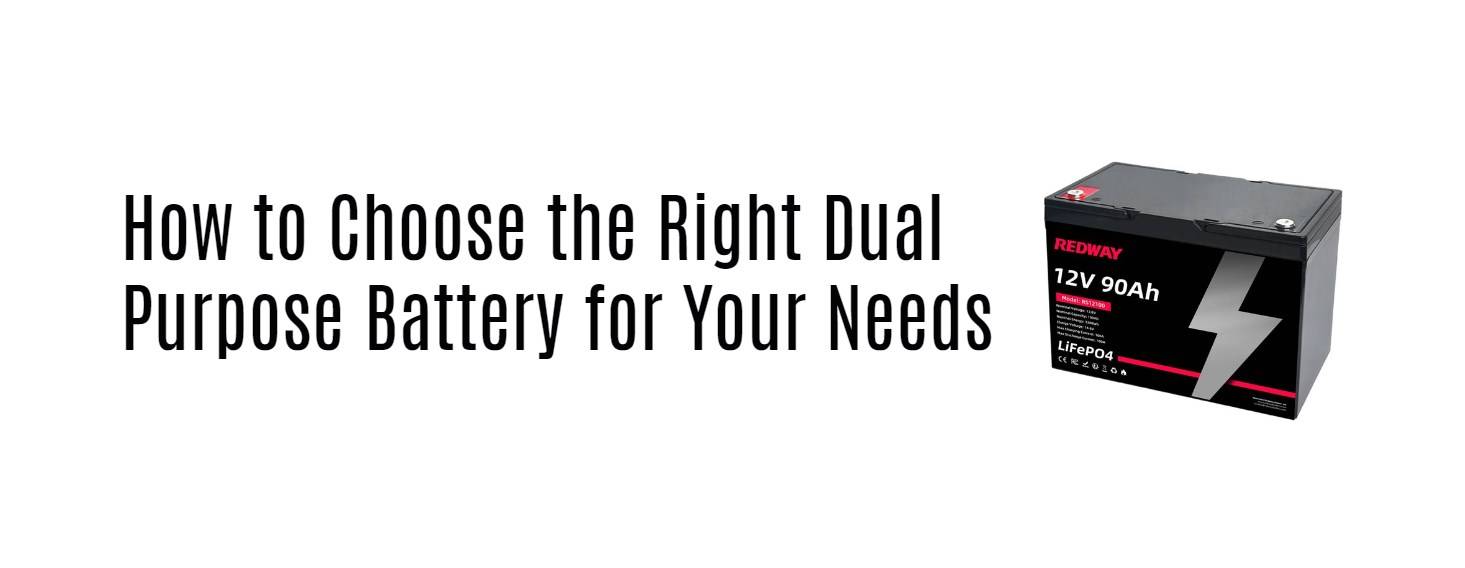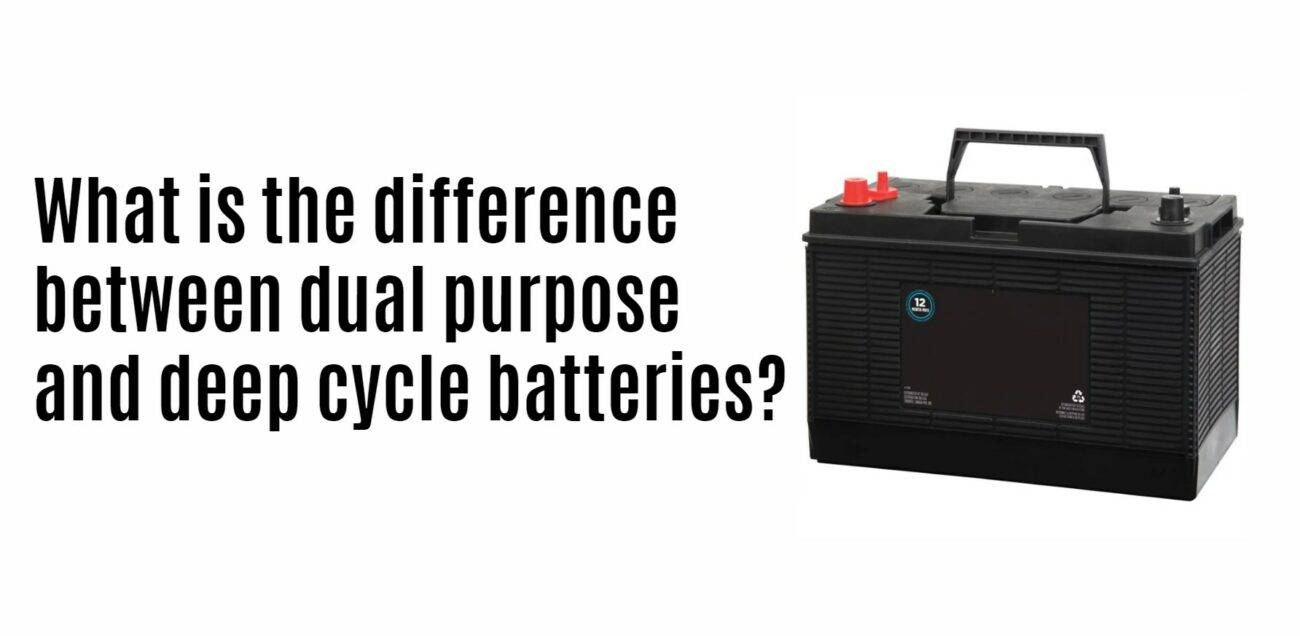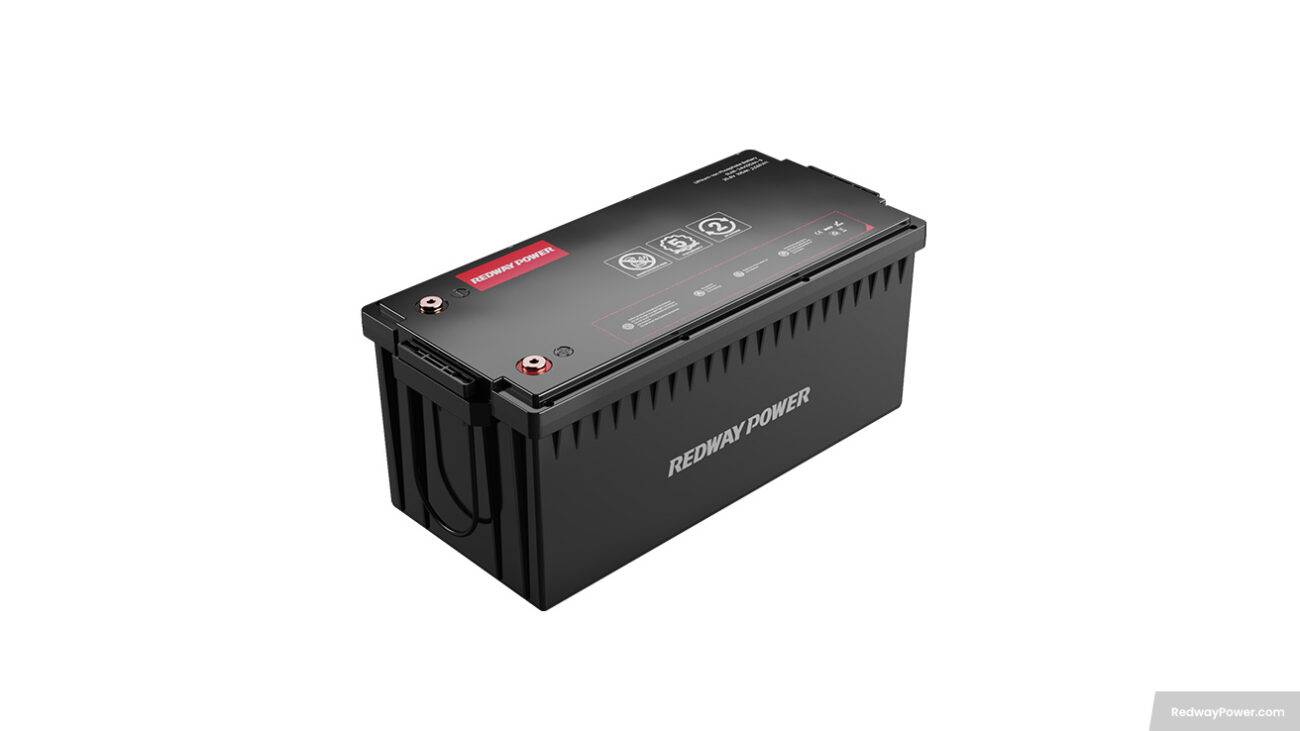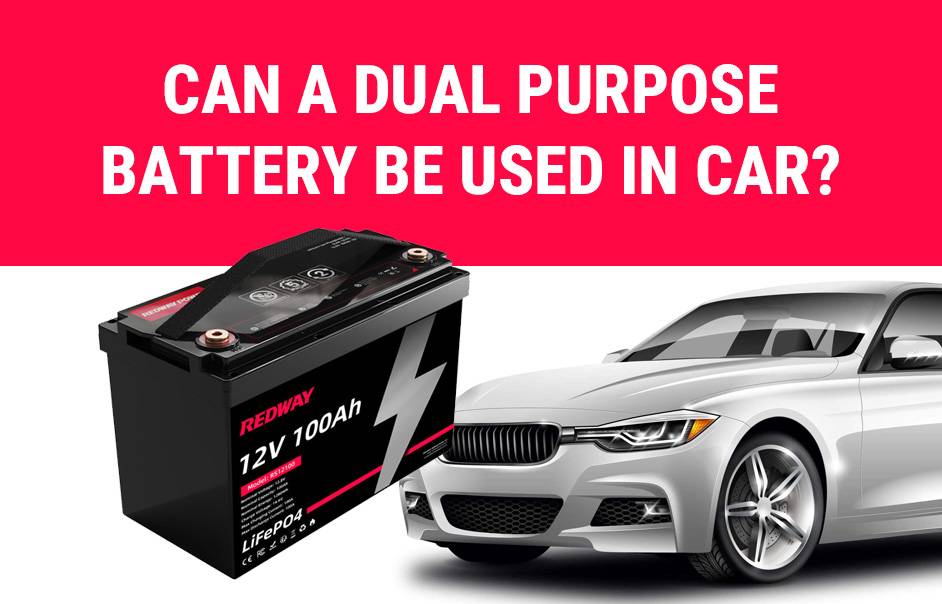- Rack-mounted Lithium Battery
- Golf Cart Lithium Battery
-
Golf Cart Lithium Battery
- 36V 50Ah (for Golf Carts)
- 36V 80Ah (for Golf Carts)
- 36V 100Ah (for Golf Carts)
- 48V 50Ah (for Golf Carts)
- 48V 100Ah (Discharge 100A for Golf Carts)
- 48V 100Ah (Discharge 150A for Golf Carts)
- 48V 100Ah (Discharge 200A for Golf Carts)
- 48V 120Ah (for Golf Carts)
- 48V 150Ah (for Golf Carts)
- 48V 160Ah (Discharge 100A for Golf Carts)
- 48V 160Ah (Discharge 160A for Golf Carts)
-
Golf Cart Lithium Battery
- Forklift Lithium Battery
- 12V Lithium Battery
- 24V Lithium Battery
- 36V Lithium Battery
- 48V Lithium Battery
-
48V LiFePO4 Battery
- 48V 50Ah
- 48V 50Ah (for Golf Carts)
- 48V 60Ah (8D)
- 48V 100Ah (8D)
- 48V 100Ah
- 48V 100Ah (Discharge 100A for Golf Carts)
- 48V 100Ah (Discharge 150A for Golf Carts)
- 48V 100Ah (Discharge 200A for Golf Carts)
- 48V 150Ah (for Golf Carts)
- 48V 160Ah (Discharge 100A for Golf Carts)
- 48V 160Ah (Discharge 160A for Golf Carts)
-
48V LiFePO4 Battery
- 60V Lithium Battery
-
60V LiFePO4 Battery
- 60V 20Ah
- 60V 30Ah
- 60V 50Ah
- 60V 50Ah (Small Size / Side Terminal)
- 60V 100Ah (for Electric Motocycle, Electric Scooter, LSV, AGV)
- 60V 100Ah (for Forklift, AGV, Electric Scooter, Sweeper)
- 60V 150Ah (E-Motocycle / E-Scooter / E-Tricycle / Tour LSV)
- 60V 200Ah (for Forklift, AGV, Electric Scooter, Sweeper)
-
60V LiFePO4 Battery
- 72V~96V Lithium Battery
- E-Bike Battery
- All-in-One Home-ESS
- Wall-mount Battery ESS
-
Home-ESS Lithium Battery PowerWall
- 24V 100Ah 2.4kWh PW24100-S PowerWall
- 48V 50Ah 2.4kWh PW4850-S PowerWall
- 48V 50Ah 2.56kWh PW5150-S PowerWall
- 48V 100Ah 5.12kWh PW51100-F PowerWall (IP65)
- 48V 100Ah 5.12kWh PW51100-S PowerWall
- 48V 100Ah 5.12kWh PW51100-H PowerWall
- 48V 200Ah 10kWh PW51200-H PowerWall
- 48V 300Ah 15kWh PW51300-H PowerWall
PowerWall 51.2V 100Ah LiFePO4 Lithium Battery
Highly popular in Asia and Eastern Europe.
CE Certification | Home-ESS -
Home-ESS Lithium Battery PowerWall
- Portable Power Stations
When Should You Use a Dual Purpose Battery?
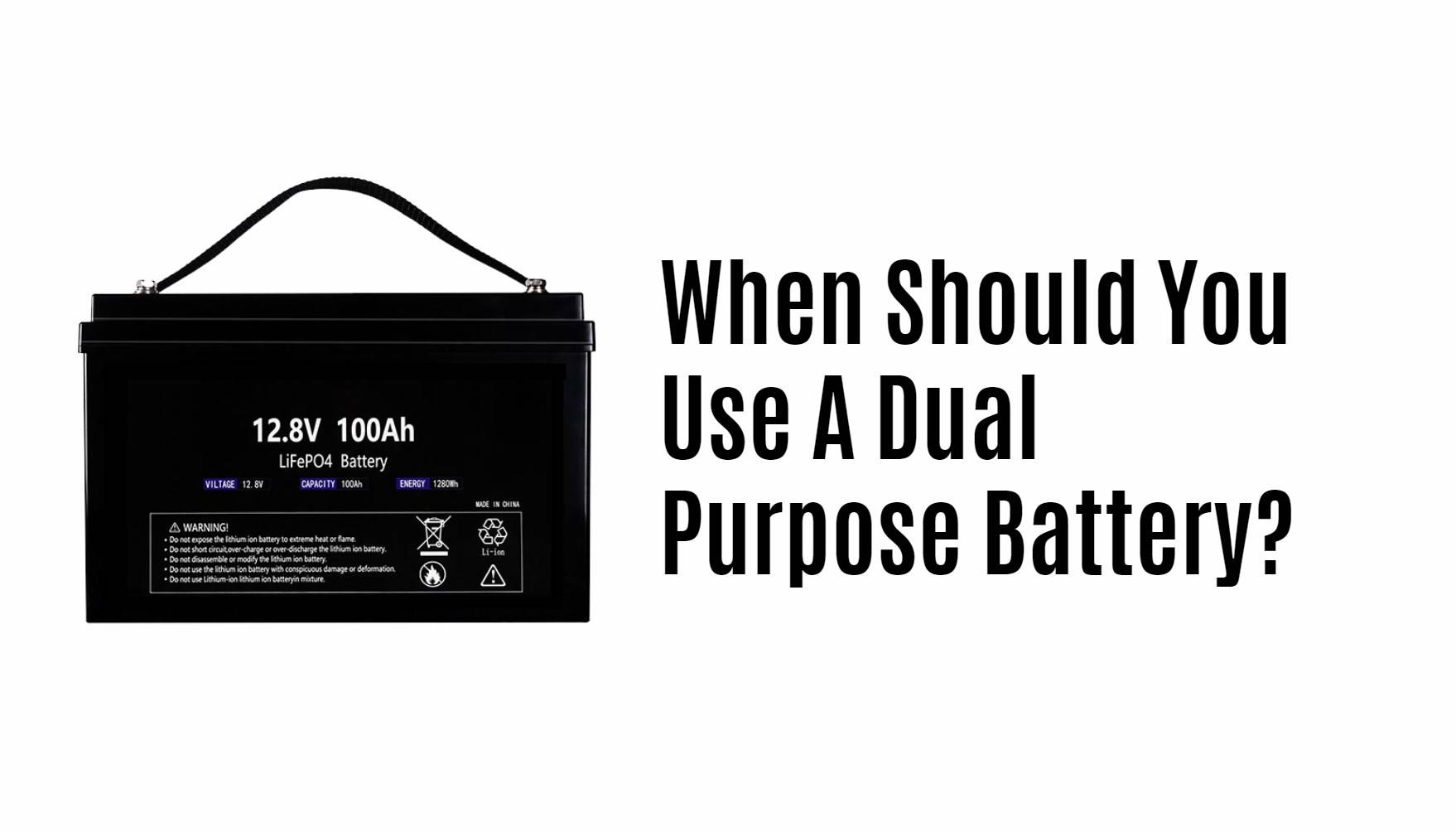
A dual purpose battery is designed to provide both starting power and deep cycling capabilities, making it ideal for applications that require reliable energy for starting engines and powering accessories. This versatility makes dual purpose batteries suitable for boats, RVs, and vehicles with multiple electrical components, ensuring you have the power you need when you need it.
What Is a Dual Purpose Battery and How Does It Work?
A dual purpose battery is engineered to provide both high cranking power for starting engines and deep cycling capabilities for powering electrical accessories. It combines features of starting batteries and deep cycle batteries, allowing it to deliver short bursts of energy while also sustaining lower amp draws over extended periods.
Why Would You Choose a Dual Purpose Battery Over Other Types?
Choosing a dual purpose battery offers flexibility for various applications. Unlike traditional starting batteries, which are only designed for short bursts of power, dual purpose batteries can handle both starting and deep cycling tasks effectively. This makes them ideal for vehicles that require reliable energy for both starting and auxiliary power needs.
What Are the Key Features of Dual Purpose Batteries?
Key features of dual purpose batteries include:
| Feature | Description |
|---|---|
| Versatility | Capable of handling both starting and cycling tasks effectively. |
| Enhanced Durability | Designed to withstand vibrations and shocks, making them suitable for rugged environments. |
| AGM Technology | Many dual purpose batteries use Absorbed Glass Mat (AGM) technology, which improves performance and longevity. |
These features ensure that dual purpose batteries perform reliably in various situations.
How Do Dual Purpose Batteries Compare to Starting and Deep Cycle Batteries?
Dual purpose batteries differ from starting and deep cycle batteries in several ways:
| Type | Characteristics |
|---|---|
| Starting Batteries | Designed solely for high cranking power; not suitable for deep cycling. |
| Deep Cycle Batteries | Built for prolonged discharge cycles but lack the cranking power needed to start engines efficiently. |
| Dual Purpose Batteries | Combine features of both types; provide reliable starting power and can handle moderate cycling tasks. |
This comparison highlights the unique advantages of dual purpose batteries.
What Applications Are Best Suited for Dual Purpose Batteries?
Dual purpose batteries are ideal for various applications, including:
| Application | Description |
|---|---|
| Boats | Provide reliable starting power while also running onboard electronics. |
| RVs | Power appliances, lights, and other accessories while also starting the vehicle engine. |
| Emergency Services | Ensure that critical equipment remains powered during emergencies while being able to start vehicles. |
These applications benefit from the versatility offered by dual purpose batteries.
How Do You Maintain a Dual Purpose Battery for Optimal Performance?
To maintain a dual purpose battery effectively:
- Regular Charging: Keep the battery charged to prevent deep discharges.
- Check Water Levels: For flooded lead-acid types, ensure electrolyte levels are adequate.
- Clean Terminals: Regularly inspect and clean battery terminals to prevent corrosion.
- Storage: If not in use, store the battery in a cool, dry place to prolong its lifespan.
Proper maintenance enhances performance and extends battery life.
What Are the Advantages of Using a Dual Purpose Battery?
Using a dual purpose battery offers numerous advantages:
| Advantage | Description |
|---|---|
| Convenience | One battery can handle both starting and accessory power needs, reducing clutter. |
| Cost-Effectiveness | Eliminates the need for multiple specialized batteries, saving money in the long run. |
| Reliability | Provides dependable energy for various applications, ensuring consistent performance. |
These advantages make dual purpose batteries a smart choice for many users.
Frequently Asked Questions About Dual Purpose Batteries
Q1: Can I use a dual purpose battery in my car?
A1: Yes, dual purpose batteries can be used in cars that require both starting power and auxiliary support for accessories.Q2: How long do dual purpose batteries last?
A2: The lifespan of dual purpose batteries varies but typically ranges from 3 to 5 years with proper maintenance.Q3: Are dual purpose batteries more expensive than regular batteries?
A3: Yes, they may have a higher upfront cost but can be more cost-effective over time due to their versatility.
Industrial News: Trends in Battery Technology
The battery technology industry is witnessing significant advancements with the increasing adoption of dual purpose batteries across various sectors, including automotive, marine, and recreational vehicles (RVs). Innovations in manufacturing processes are improving performance metrics such as charge acceptance and longevity while enhancing safety features to meet growing consumer demands.
Redway Power Expert Views on Battery Selection
“Selecting the right battery type is crucial for optimal performance,” states an expert from Redway Power. “Dual purpose batteries offer an excellent balance between starting power and cycling capability, making them ideal for versatile applications like RVs and boats where reliability is key.”
